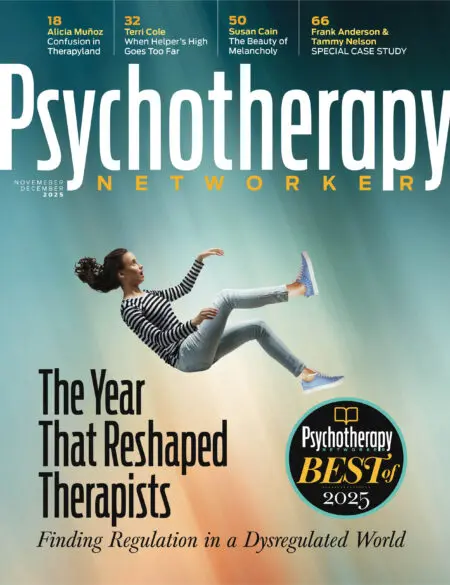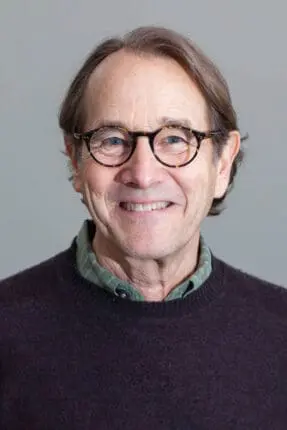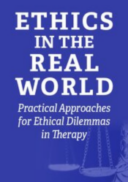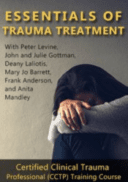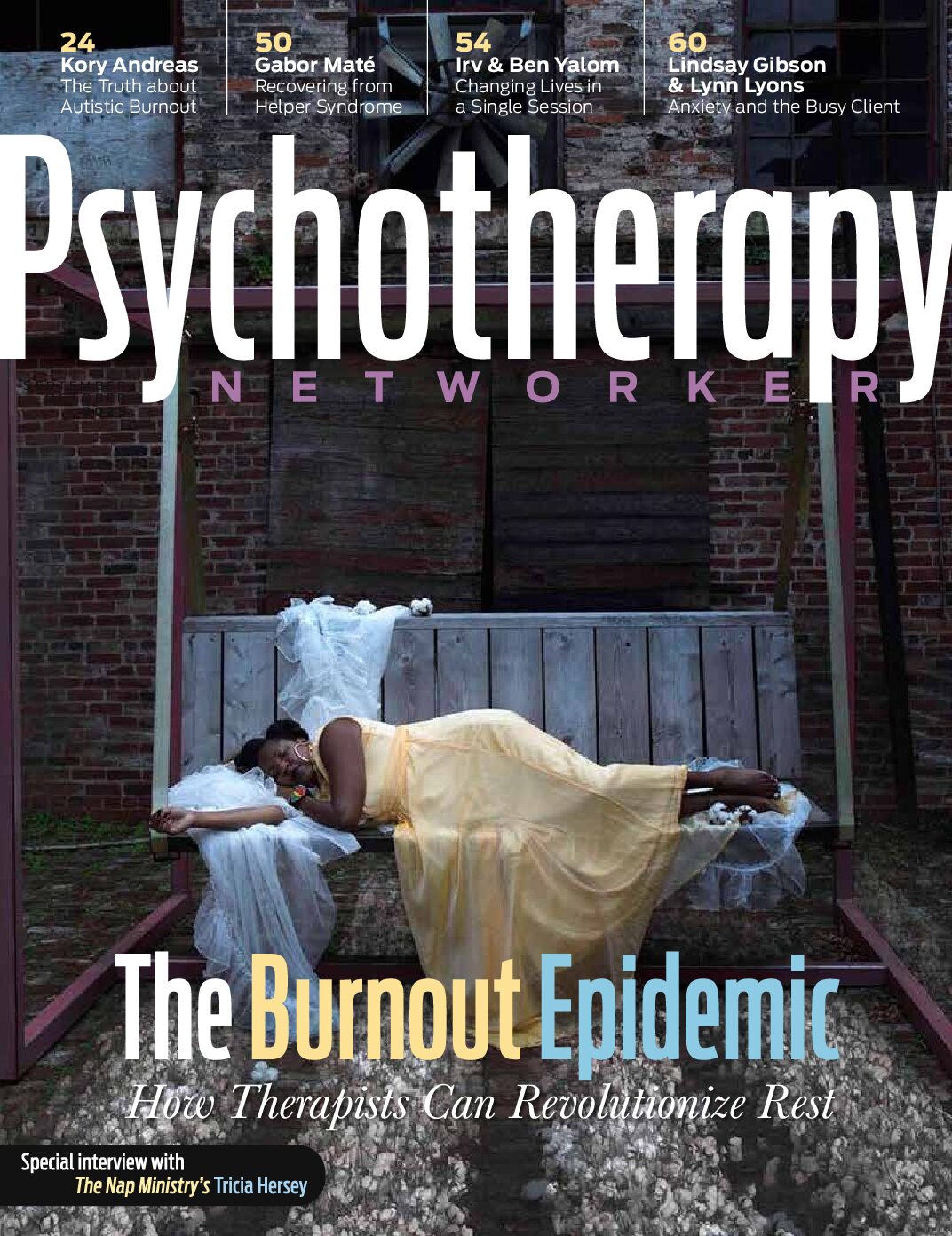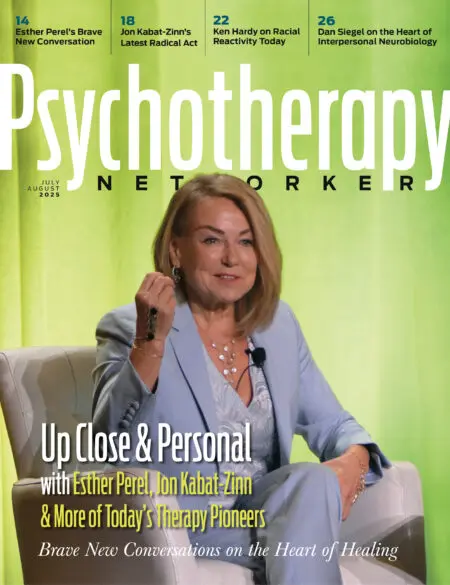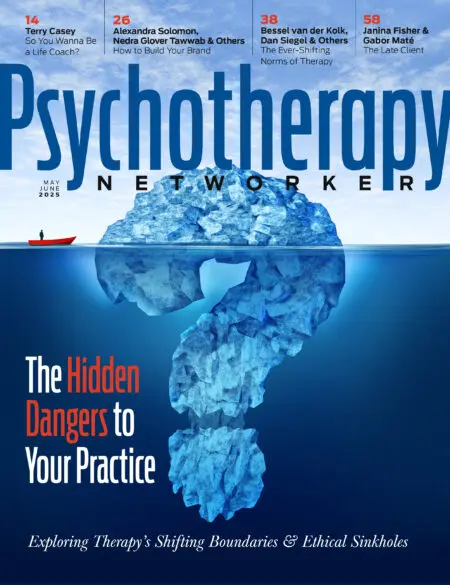The times they are a-changin’ over at the Drug Enforcement Agency. After 50-odd years of clamping down on hallucinogenics like LSD, the DEA is quietly okaying the release of MDMA, another psychoactive schedule-I drug (street-named Ecstasy or Molly) for Food and Drug Administration–approved psychotherapeutic trials.
For decades, legalization advocates and healers have trumpeted the therapeutic benefits of the prosocial, fear-reducing MDMA—which, with its stimulation of hormones and neurotransmitters like oxytocin and dopamine, is known as “the love drug.” But psychopharmacologists were on the fence about its clinical benefits until a few years ago, when studies of the MDMA-assisted psychotherapeutic work of Michael Mithoefer were released.
Mithoefer, a clinical faculty member at the Medical University of South Carolina, has demonstrated remarkable early results using MDMA as a therapist-supervised treatment for chronic PTSD. His work is being approved by the FDA and could eventually clear a path for MDMA treatment clinics specializing in trauma. We caught up with Mithoefer between research trials to learn more.
——
RH: How did you get interested in psychedelic treatment? Was it part of your clinical training?
MITHOEFER: I didn’t have any psychedelic training in my residency, but during that time Stanislav and Christina Grof trained me in Holotropic Breathwork, a meditative practice that uses breathing and music to activate natural inner healing and shift consciousness. It introduced me to the healing potential of nonordinary states of consciousness.
RH: The focus was on altered states of conscious, not necessarily with medication intervention?
MITHOEFER: Yes. In fact, my wife and I used this method of breathwork for 10 years with people before we started working on the first MDMA protocol in 2000.
RH: What tipped you off that MDMA might be a worthwhile treatment approach?
MITHOEFER: Several thousand psychiatrists and psychologists and other therapists were using MDMA in conjunction with therapy in the late ’70s, until it became illegal in 1985. I was aware of the controlled research and case reports from that time. I’d met with some of the psychiatrists who’d used it back then. Also, my wife and I had experienced it a few times ourselves in therapy, back when it was legal.
We knew it could be helpful in alleviating people’s suffering, and saw how it could help them communicate with less defensiveness and more openness. I was treating a lot of people with PTSD, and we wanted to study its usefulness as a catalyst to psychotherapy. So unlike most drug studies, we’re not just looking at the effect of the drug: it’s the experience in the therapy that we think is such an important part of the healing that MDMA can catalyze.
RH: Is MDMA the same thing as Ecstasy and Molly?
MITHOEFER: Ecstasy and Molly are supposed to be MDMA, but they’re often not. I read one report from the Drug Enforcement Agency a year or so ago that said something like less than 20 percent of the Molly and Ecstasy confiscated on the street had any MDMA in it at all.
RH: Why is MDMA so helpful with communication?
MITHOEFER: Well, we know it causes a release of serotonin as well as other neurotransmitters, like dopamine and norepinephrine. It also causes increased levels of various hormones, including oxytocin, which is known to increase affiliation in animal models, and helps humans experience others in a less negative way. It makes sense then that MDMA could make it easier to communicate if people weren’t as sensitive to interpreting someone else’s expression as being threatening.
RH: You’re saying the impact on the neurotransmitters can kind of smooth out communication and make things seem less fearful and threatening?
MITHOEFER: That’s right. We also know that MDMA decreases activity in the amygdala. That’s the fear center, and it increases activity in the prefrontal cortex, which is the higher processing center. In people with PTSD, there’s an increase in activity in the amygdala and decreased activity in the prefrontal cortex. MDMA has the opposite effect.
RH: So it allows people with PTSD to process trauma without the overwhelming emotional response?
MITHOEFER: Yes. There’s also a concept in psychotherapy called the optimal arousal zone—the space between hypo- and hyper-arousal where the brain is alert but not threatened. It seems that MDMA gives people a period of time in a more optimal arousal zone, with less likelihood of being overwhelmed by fear. They’re also not dissociated or cut off from their emotions. They have a sense of connecting emotionally with what they’re talking about, but without being overwhelmed by the emotion.
RH: Wow, that sounds pretty ideal: decreased fear, a relaxed amygdala, and prefrontal cortex firing. Why wouldn’t I want to be in that state of mind all the time? What’s the downside?
MITHOEFER: This is not a daily drug at all. We give it only at three different times, a month apart. People usually feel physically tired afterward, as it takes a bit of a toll on the body. Most people need a day or so to recuperate and get their energy back. It’s not the kind of thing you’d want to take all the time.
RH: What does the treatment look like?
MITHOEFER: First there’s careful medical, psychiatric, and psychological screening, which is done by outside psychologists. An independent rater does the measures; the clinician administered PTSD scale (CAPS) is our primary outcome measure. There’s another outside physician who does some medical screening that involves lab work and an EKG to rule out people who have serious medical problems, especially cardiovascular disease, because MDMA does increase pulse and blood pressure. Then we have three preparatory therapy sessions to get to know people and prepare them for what the focus of the sessions will be. The sessions themselves last for eight hours. People arrive at 9:30 a.m., we speak to them a little bit first, and then we give them the MDMA or a placebo.
RH: It is a research study after all.
MITHOEFER: Yes. Our trials are all double-blind. And they all involve people who haven’t responded to prior treatment for PTSD. During that eight hours, there are always two therapists present—male and female. In our studies, it’s myself and my wife. The therapists spend the whole day with a person, and we encourage alternating periods of inner focus, with periods of talking to the therapists when it feels right.
After we give people MDMA, we’ll encourage them to focus inward. Often they use eye shades and headphones with music, if they’re comfortable with those things. They spend time just focusing on their inner experience and then periodically coming out and talking to us. We check in with them every hour if they haven’t talked to us. Usually it ends up being about half the time talking to the therapist, and half the time focusing inward, in alternating periods. And we think it’s the person’s own inner healing intelligence that guides the process. So it’s quite a nondirective approach.
If people are stuck, the therapists respond to what’s coming up. I’m trained in Richard Schwartz’s Internal Family Systems (IFS) approach, so we may use elements of that. In fact, I did a substudy that showed that in a very high percentage of people, parts work comes up spontaneously, without having it introduced by the therapist. But generally, we try to see what each individual’s process is and then support that.
RH: You’re saying that the MDMA seems to allow the parts work to flow a bit more naturally?
MITHOEFER: People tend to start talking about their parts and have a lot of “Self energy,” in IFS terms. They’re able to unblend from troublesome parts and have more self-compassion. It seems to be very helpful for parts work.
RH: Are you trying to nudge the person into certain therapeutic directions?
MITHOEFER: We never say, “Now it’s time to talk about your trauma.” At some point, people just start talking about their trauma. Sometimes they spontaneously talk about psychodynamic issues, and other times they recognize cognitive distortions and do spontaneous cognitive-behavioral work. Sometimes it’s parts work. We support whatever is coming up for that person.
RH: Your treatment varies from exposure therapy to people working through transference issues. You’re kind of bridging the divide between the CBT world and the dynamic world with this work.
MITHOEFER: That’s why we think it’s good not to be too directive, because if we just recommend that people do imaginal exposure, for instance, we might miss other important things that come up. And you know, the luxury of having all that time is helpful.
RH: How do you conclude the eight-hour session?
MMITHOEFER: We focus on wrapping up and making sure people are in an okay place. We don’t necessarily summarize, because quite often people feel like they just want to be quiet and let the process continue to percolate. But they don’t go home: they stay in the clinic overnight with a night attendant. That’s so they can have that time to let the process continue to unfold.
By 5:30 p.m., when the night attendant arrives, most of the MDMA effect has worn off, but people are still very connected to their experiences, so it’s kind of nice that they don’t have to go home and talk to a lot of people. They can be pretty quiet. They rest. And the therapists come back and meet with them the next morning for an hour and a half before they go home.
RH: Any more follow up?
MITHOEFER: We talk to them every day on the phone for a week just to check in. And then we meet with them twice more for 90-minute integration sessions over the next several weeks, before the next MDMA session a month later. Our primary endpoint is actually after two MDMA sessions, and we get good results with that. But there’s some additional improvement after three sessions. So we do a total of three in most studies.
RH: I’d imagine even people in the placebo group, after spending eight hours of intense introspection and reflection, probably show some benefit.
MITHOEFER: Yes, they do. In our first study, we used an active placebo. The mean CAPS score was just under 80 at the beginning, at baseline, and the placebo group, after two eight-hour placebo sessions, had a 22 point drop in the CAPS. That’s statistically significant. They were certainly better, but they still had severe PTSD. They still had a CAPS score of almost 60.
RH: How did that compare with the MDMA group?
MITHOEFER: The MDMA group had a CAPS drop of 55 points, compared to 22 with all the same therapy but without MDMA. In other words, MDMA-assisted treatment resulted in a reduction of PTSD symptoms two and a half times as much as that experienced in nonmedicated treatment.
Afterward, people who’d gotten the placebo could cross over and get MDMA with the same therapy. After a 22-point drop originally with just the therapy, that group received MDMA and had an over 30-point drop. So they ended up basically in the same place once they got MDMA, with the total of about a 55-point drop. And 83 percent no longer met criteria for PTSD in the MDMA group, compared to 25 percent for the therapy-only group.
RH: Some trauma treatment experts, like Bessel van der Kolk, say these results are comparable with all the best current treatments, like EMDR and trauma-focused CBT.
MITHOEFER: Yes, Bessel’s pretty enthusiastic about it. One thing we find is that people continue to improve with this treatment. That optimal arousal condition, given the therapy and the experience, continues to unfold. It’s not that people stay in that state all the time, but what we’ve seen is that people can continue work with the process and follow up. We have three follow-up sessions after each MDMA session. It’s pretty interesting that the effect of the medicine wears off, but the effect of the therapeutic experience actually continues to grow. We’ve found many people have even lower CAPS scores at one year than they did at two months after their last session.
RH: Since it’s an illegal or controlled substance, how can you conduct the research?
MITHOEFER: There are extra steps to doing research with a schedule-I drug—which means we not only need FDA and IRB approval, but DEA approval as well. It’s quite a major process to get all of the approvals, but it can be done.
RH: So what’s next for your research?
MITHOEFER: We sent all of our data to the FDA in November, and they gave us clearance to proceed to phase-III multicentered trials—which is the last step before you can apply for a drug to become a legal medicine. Right now, we’ve trained therapy teams for 14 sites for phase III, which will start early next year: 11 sites in the US, two in Canada, and one in Israel.
RH: If it becomes fully approved, this will be something that’s administered only by MDs, people who can already prescribe psychoactive drugs?
MITHOEFER: Any physician who can prescribe controlled substances will be able to prescribe the MDMA. But they won’t have to be the only ones doing the therapy. We’re talking to the FDA about this. What we recommend is to have it be limited to licensed MDMA clinics.
At one time, any physician could form a methadone clinic and get a license. So we think it’s going to be like that: a place where they’re set up to do it, with people who have the proper training to facilitate. It could be mostly nonphysician therapists, with a physician who’s responsible for the MDMA administration. We’re predicting approval, possibly by 2021.
RH: Have you started training therapists?
MITHOEFER: We have an organized training program with an online component and then two in-person trainings: one for six days and the other for five. A lot of that is watching and discussing videos of sessions, with some self-study in between, followed by a period of supervision and feedback. We’ve trained more than a hundred therapists. We’re going to need a lot more, so we’re always happy if people register their interest for the future trainings.
RH: What are you hearing from the traumatized people who’ve gone through these trials?
MITHOEFER: Many people have said they think it saved their lives, that they wouldn’t have survived much longer without it. They often say it changed their relationship to their emotions. So it’s not that people never get anxious afterward, but they’ve had the experience of being able to process their emotions without being overwhelmed—which is an experience that many of them hadn’t had for a long time. Once they’ve had that with the MDMA, they felt it was a possibility to continue to have it. And they noticed that even though it wasn’t easy once the MDMA had worn off, it changed their feeling about being able to be present with their emotions in a very helpful way. One person said, “One thing the medicine does is help your mind get relaxed and get out of the way, because the mind is so protective of that trauma.” That’s a pretty good description of what tends to happen.
RH: Anything else we should know?
MITHOEFER: A number of people have said they don’t know why they call this Ecstasy. It’s important to let people know that you don’t just get blissed out and everything’s fine. Even with the MDMA, like any therapy, when you process a trauma, it’s painful. MDMA makes it possible to look at the trauma when it hasn’t been possible before. But it still can be painful.
RH: That’s why a therapist’s support is important.
MITHOEFER: Like any deep therapy, it can stir things up. People need to be prepared for that and have proper support to integrate all that comes up afterward. So the therapy is a very important component of it, including the follow-up sessions.
RH: What’s the most important thing for general therapists to know about MDMA treatment?
MITHOEFER: Part of the challenge is educating people about this rather strange treatment. Once people are informed about it, and see the outcomes, it actually makes a lot of sense.
Ryan Howes
Ryan Howes, Ph.D., ABPP is a Pasadena, California-based psychologist, musician, and author of the “Mental Health Journal for Men.” Learn more at ryanhowes.net.
